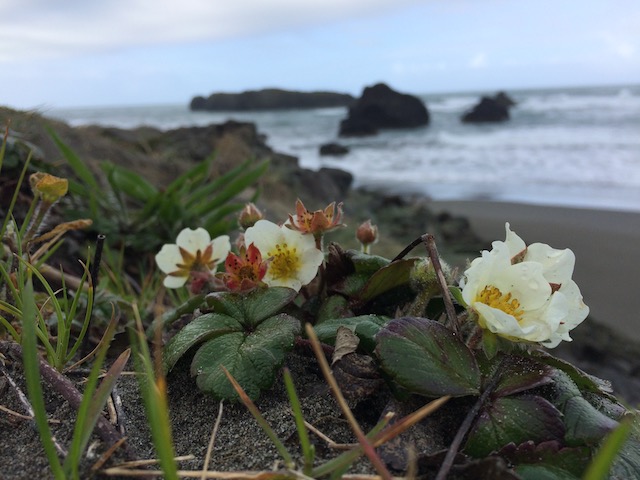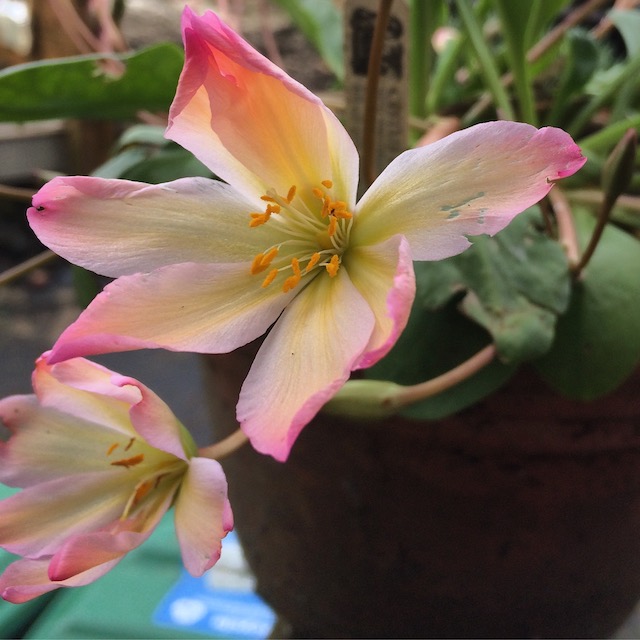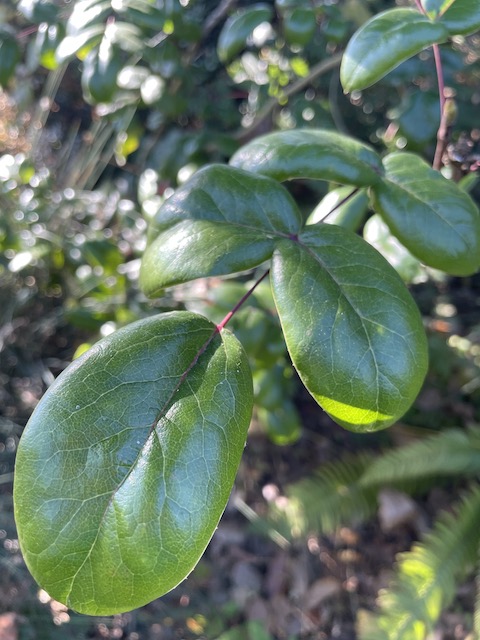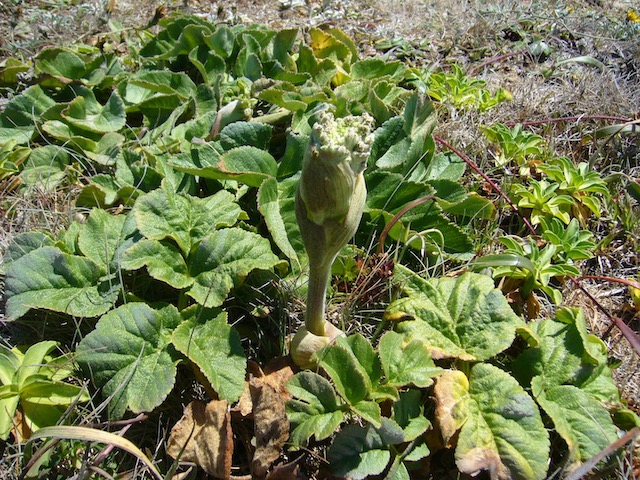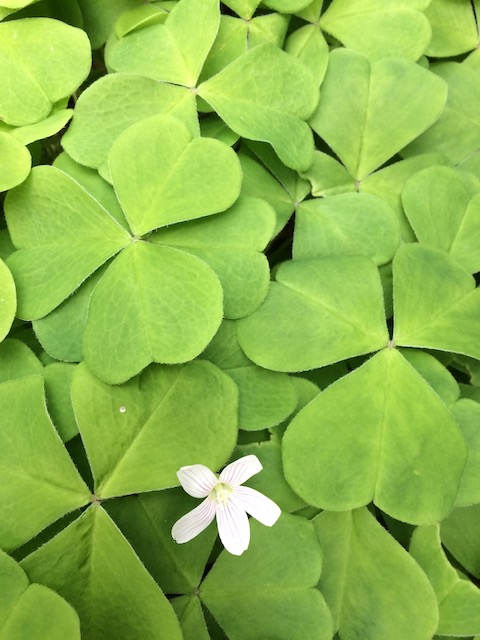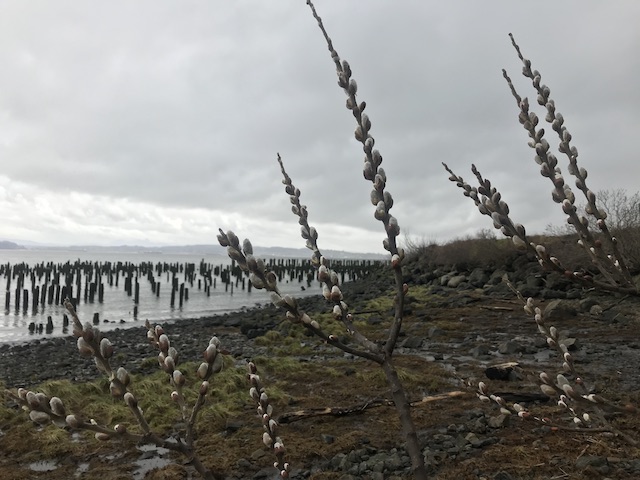Turns out I know about native plants. Question is, which native plants do I know about, and the answer is… mostly West Coast natives—but all plants are native somewhere, and a good horticulturist knows this, so, I work diligently to better understand growing conditions and climates all over the world.
I want to be not just a good horticulturist, I want to be a responsible one.
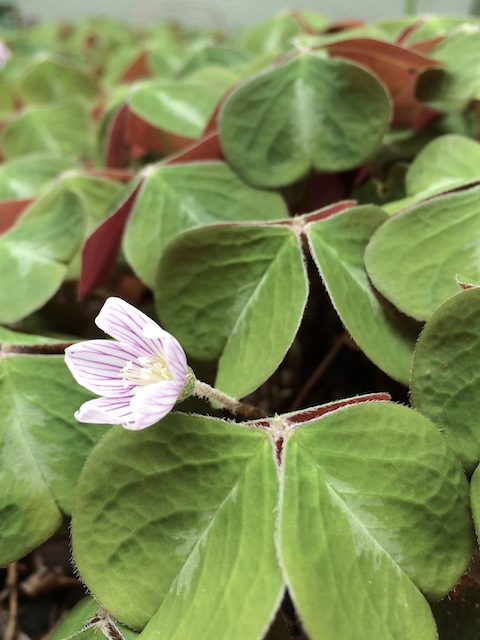
I know a lot of plants, and I’m familiar with many biomes.
It’s always important to know where plants are native to—all over the world. This helps us to better understand how to grow plants in different locations, especially if it is one we’re working on for conservation.
These topics of conversation are regularly discussed at work and with my friends and colleagues away from work. This is why I don’t write about them here on my site.
I work with experts in this field, and it feels silly to regurgitate the same things they say over and over, but I think in the year to come, I’ll begin to write a bit more about this topic, in my own way, in my own voice.
I’ve just not been comfortable doing so yet. One of the primary reasons for that has been an inability to spend more time in the field. I’m ready for that now.
If you want to work in horticulture, and stand out as a great grower or designer, start learning your earth and natural sciences. This goes beyond just traveling to be in the field, and posting pictures as you go. What this entails, is really learning how it all works, and being able to communicate it to others. Just like everything else in life, stories matter.
You can delve into science by reading about it, asking about it, writing about it, or just opening up your mind more to better understand everything around you and how it’s connected.
I know lots of folks with scientific minds, and I’m glad to have always had them in my life. Going back to my youth, it has always mattered a lot to me to have folks to seek out when I wanted to better understand something. Sadly, too many have too much pride to admit they don’t know and they don’t ask.
Science is a group activity. Sadly, not everyone feels comfortable with that “hat on” but that’s often because of incidents where others may have made you feel stupid or even dumb. Don’t let that stop you though, don’t give up, and don’t believe that your brain doesn’t work that way!
Folks can be mean in either direction. As in all things in life, all I can add here is: Don’t Be an Asshole.
Yes, some scientific folks can appear to have poor skills with other people, and yes, those who are not so scientific can seem judgmental and shallow. We can get beyond our differences though if we only realize, we’re not all the same, we don’t have to be, and diversity in people is as important as diversity in other things.
The space between people can get blurry and dangerous when it comes to science. Instead of speaking with ego, try to tell a better story. This can help us to better communicate in either direction, and reach out to one another.
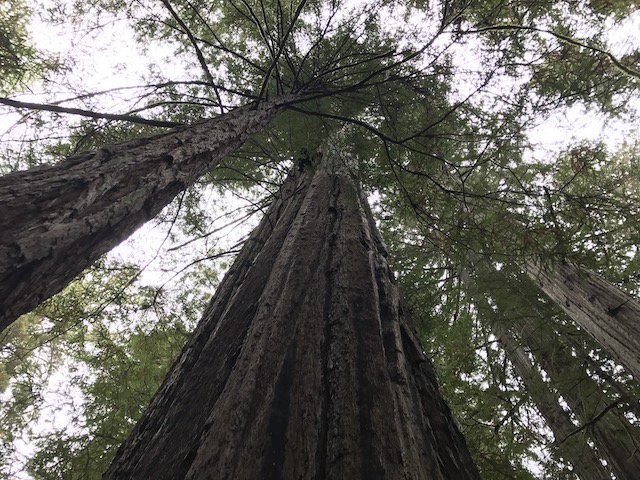
Oftentimes I joke about being known more for houseplants than I do for the work I do at Cistus Nursery, and yet, I don’t write much about what I do because I assist in the work of someone else, and it has not become what I do at home.
Really, I don’t think it’s unusual to want to have your own thing, but I’ve had to think long and hard about sharing my thoughts about native plants because it means potentially walking into a quagmire.

While I am a memoirist in a world of plants, I’m not a scientist working through data, but I’ve collected plenty of observations over the years.
One of my first lessons was to ask someone who’s more of a botanist at which point does a wild collected plant become a cultivated one.
The answer is the moment you place it in the container and it grows.
This is why so many people often mistakenly dig up things in the wild, and then they fail to prosper, and then the plant dies. A mature wild plant is frequently not cultivated so easily, and this is why it’s best to grow native plants sold in cultivation. I also support the purchase of seeds and plants grown in cultivation by professionals because I believe my industry is an important one and that we have a lot to offer to consumers.
Of course rescue digs on property slated for development is a different matter, and I am happy folks dig in community when possible, but nurseries are great resources worth protecting and sustaining.

I am proud to be part of this process when I grow plants from seed. The seedlings that survive are doing the work for us. They’re the ones that prosper in cultivation. They’re the ones we’re most likely going to succeed with in our gardens. (The same can be said for the vigor of a handful in a batch of cuttings.)
But as my botanist friend would point out, this can also mean that the plants which are dying are possibly better suited for the wild. These are the ones that won’t like the posh comfort of nursery soil and the protection offered in cultivation.
Soils are a BIG deal. I won’t go into all of that here, but as a consumer you’ve likely noticed how many growers use different kinds of soil mixes. A BIG PART of horticulture is understanding how to successfully grow plants in containers. These mixes are akin to the secret sauces created by great chefs lol.

I am not saying a lot, but I think this is enough for now.
The blurred lines between different states in a region are not always the same borders plants pay attention to so we can be a bit open there too, but we could speak more specifically about the different clones, and where they’re collected from since in the long run, much of that does matter.
But not today…

So, I will remain honest and transparent about a few things.
First and foremost, I do love our native plants. I love my region of the United States, but it is not a competition. I admire and want to learn about all of the plants all over the world though.
This is why I am not solely a native plant horticulturist.
I’m challenged by climate change, as we all are, and I believe in creating xeric gardens since wasting a natural resource that’s vital to our survival matters to me. Yes, we use a lot of water in horticulture, but in the future we’ll need to think more about that…

All plants are native to somewhere. We need to keep saying this. We also need to keep reminding ourselves that they may support more insects in their native range, and that here, even though they might be pretty to our eyes, they’re not sustaining as many insects as native choices, and this means less food for other animals.
Humans have been transporting plants and plant products for various reasons since the very beginning of civilization. We need to think about this too. We’re part of this system, part of the problem, and it is part of who were are, who we have been, and who we will be…
And we should know that diversity is good, and yet, mono cropping means efficiency and more profits. We live between these two realities. This is why I love ecological designs, diversity, and gardeners who understand that plants provide a lot more to us than a refreshing look that makes our minds calm because it is pretty and organized. We need to place more value in this kind of investment.
Pretty can be many things to many people and I am ok with non-native ornamentals mixed in so long as it’s diverse, but let’s still chose to be honest about this system and how virtue signally can be just as negative as creating water-hogging landscapes in deserts.
We can do better on both accounts and I hope we will see change.
I believe in working more and more in the in-between zone, and being receptive to new ideas and change.
Not everyone will want to have purely native plant gardens, and no matter what, more native plants in any region will be better, but this means pushing to have more of them planted in our parks, community gardens, schools, and municipal plantings.
Plants are part of our culture, and we’re sentimentally attached to different ones for our own reasons. When we move around from place to place, we bring those ideas with us, but we need to better appreciate that maybe our sentimental ideas are not good for the planet, and that we can seek out new stories about the plants in our new communities. It’s not easy to have to give up on plants we somehow see as part of our “identities” but our own personal style does not matter as much as we think, and we can make a difference. I think in the last 30 years the concept of many styles of gardens has already changed dramatically, and I love the regional takes on these different looks.
I hope we can keep going with this…
Plants speak of place, and an awareness of where we live should be appreciated by us as humans. As I age, and as I watch the internet evolve internationally, sadly, I think I see more and more people living online, carrying this “place” with them in their day-to-day lives.
Thanks to capitalism, we still see much more aspirational content—than inspirational.
It’s part of our human condition I suppose.
After many years, I feel like I can quietly enter into this conversation though about native and non-native plants, but on a blog post, don’t expect a well researched or groundbreaking conclusion.
I’m more of a memoirist after all folks, so I won’t try to be a voice I am not.
I’m just going to do what I can, the best that I am able to, and there is no reason I shouldn’t speak up more about sustainable plantings and the importance of the work I do and why I love the different kinds of plants that I help to keep in cultivation and commerce at BOTH of the nurseries where I work.
Lastly, while I am often called a native Oregonian, I cringe more when I hear that. My family has been here since the 1850s, but I am not native here. My family has been here for generations, and I have an incredible attachment to this place, through the stories of my own ancestors, and others. Like many here, I live though on the lands of the Chinookan peoples, and because I grew up with a father who is an avid fisherman, I learned my geography through river drainages. I feel connected to that land in a unique way, and I am very connected to the fish, and to the plants that have protected the fish runs for generations. As for being indigenous, like many other citizens of the US, my paternal line traces back to the Mediterranean and my maternal line returns to Great Britain. Other “tributaries” from North African, the Middle East, and Western Europe flow into the river that is me, but I am not native to this place.
Like many who came before, I’m just passing through.
I want to steward the land, and leave no trace.



